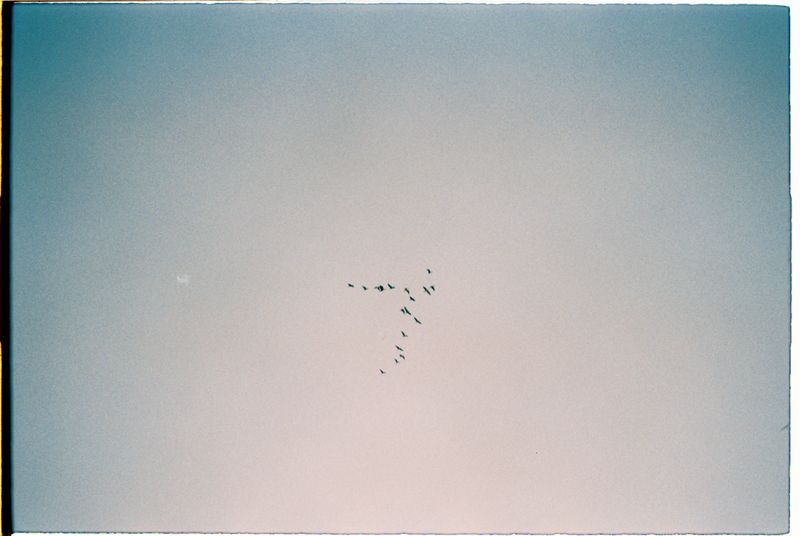Sunny Deol’s Gadar 2 Makes a Sensational Opening at the Box Office
Sunny Deol’s much-awaited film, Gadar 2, had a remarkable opening at the box office, earning a staggering Rs 40.10 crore on its first day, according to Bollywood trade analyst Taran Adarsh. The film, a sequel to the 2001 blockbuster hit Gadar, surpassed all pre-release predictions and estimations, leaving behind a trail of success.
Sunny Deol Unleashes His Power
Taran Adarsh, in his tweet, praised Sunny Deol’s stellar performance in the film, stating that the actor truly unleashed his power. He also highlighted the unexpected success of Gadar 2 across all regions, including the mass sector, where the film has been running riot. Unlike most films that rely heavily on national theater chains, Gadar 2 has made history by dominating the mass pockets. Adarsh further emphasized the film’s potential on the big holiday, Independence Day.
Impressive Clash with OMG 2
Gadar 2 faced tough competition at the box office as it clashed with Akshay Kumar’s OMG 2. However, despite the competition, Gadar 2 managed to overshadow its rival, earning Rs 40.10 crore on its opening day, whereas OMG 2 grossed Rs 10.26 crore. It is evident that audiences were more drawn to Sunny Deol’s action-packed film, making it the clear winner of this box office clash.
A Sequel Packed with Nostalgia
Directed by Anil Sharma, Gadar 2 brings back the iconic trio of Sunny Deol, Ameesha Patel, and Utkarsh Sharma, reprising their roles of Tara Singh, Sakeena, and Jeete, respectively. The film is a nostalgic journey for Sunny Deol fans and those longing for the unbridled excesses of Bollywood from the past. However, it is worth noting that film critic Saibal Chatterjee, in his review for NDTV, gave the film an average rating of 2 stars out of 5, stating that Gadar 2 caters to a specific audience who enjoy the “hate thy neighbor” trope.
Editorial: The Triumph of Nostalgia and Masala
Gadar 2’s sensational opening at the box office is a testament to the enduring appeal of nostalgia and masala entertainment in Bollywood. The film’s success in the mass sectors and single screens proves that there is still a significant market for larger-than-life, action-packed dramas that capture the imagination of the audience. Sunny Deol’s powerful on-screen presence and the nostalgia associated with the original Gadar have undoubtedly played a crucial role in pulling audiences back to the theaters.
While it is evident that Gadar 2 has struck a chord with a specific segment of the audience, it is also essential to acknowledge the diverse tastes of moviegoers. Not all films need to rely on the tried-and-tested formula of hate and conflict. As the Indian film industry continues to evolve, it should strive to offer a variety of narratives and genres that cater to a broader range of viewers.
Advice: Celebrating Diversity in Cinema
As we celebrate the success of Gadar 2, it is crucial for filmmakers and audiences alike to embrace the diversity of stories and themes that Indian cinema has to offer. While nostalgia plays an important role in attracting audiences, it is equally essential to explore new narratives and push the boundaries of storytelling.
Filmmakers should take inspiration from the success of Gadar 2 and strive to create commercially viable films that not only entertain but also challenge societal norms, promote inclusivity, and provide representation to underrepresented communities. Audiences, on the other hand, should be open to exploring different genres and supporting films that break away from the traditional tropes.
In conclusion, Gadar 2’s historic opening at the box office highlights the enduring popularity of masala entertainers and the nostalgia associated with classic Bollywood films. While it is praiseworthy that the film has resonated with a specific audience, it is equally important for the Indian film industry to embrace diversity and offer a wide range of narratives to cater to the ever-evolving tastes of moviegoers.

<< photo by Anastasia Shuraeva >>
The image is for illustrative purposes only and does not depict the actual situation.




